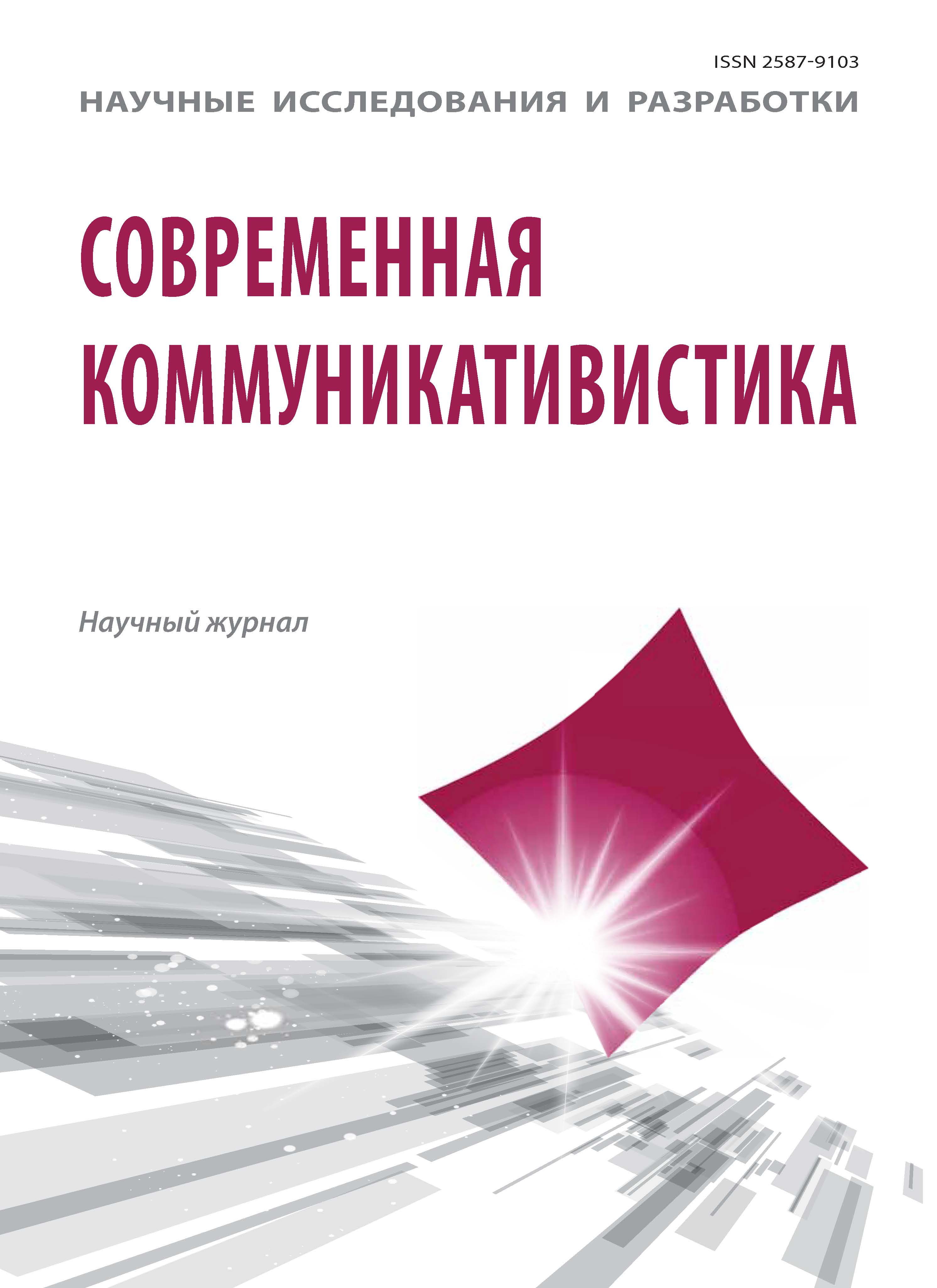Ryazan', Orel, Russian Federation
The paper shows that the author of English language narrative discourse can discuss with his/her readers such topics as inner state of fiction characters. It presents forms of representation of inner state of fiction characters. Firstly, the inner state of a character is described in contexts without metaphor. In this case, the main markers are verbs of mental state, names of emotions, physical representation of emotions, taste perception. Secondly, the inner state of fiction characters is represented via another situation. In this case, the comparison can be either direct or literal. Desperation is compared with a nightmare, beating into the wall, with the sense that the walls are closing in on a hero. Unreality of events is compared with the theatre where everything is make-belief. Thirdly, the inner state of a character is represented via comparison with a person who is experiencing similar feelings: The character can feel like a condemned prisoner, or like a captain of a sinking ship. Finally the inner state of heroes is represented via conceptual metaphor.
English fiction, inner state of fiction characters, conceptual metaphor, verbs of mental activity.
Коммуникативная структура разных видов текста привлекает в последнее время внимание многих исследователей [1–3 и др.], что далеко не случайно, так как текст — это особый вид общения между автором и читателем, который может состояться через несколько лет, десятилетий или даже столетий после его создания. Как известно, автор стремится донести до читателя, зрителя или слушателя определенную идею. Чтобы она была более понятной, используются разные выразительные средства. В художественном произведении важную роль занимает создание образов персонажей, которых автор стремится наиболее полно представить читателю.
Целью данной статьи является рассмотреть разные способы репрезентации внутренних состояний персонажа. Анализ англоязычных художественных произведений показал, что формы репрезентации внутренних состояний персонажа могут реализовываться в контекстах без метафоры, через другую ситуацию, через сравнение с другим человеком, находящимся в типовой ситуации, а также через репрезентанты концептуальных метафор, которые передают необходимую информацию в образной форме. Рассмотрим перечисленные группы подробнее.
Во-первых, внутренние состояния персонажа могут передаваться без метафоры, как, например, в следующем контексте, где соответствующая информация сообщается при помощи глагола мыслительной деятельности:
(1) And, to say the truth, Blifil had passed sentence against Sophia; for, however pleased he had declared himself to Western with his reception, he was by no means satisfied, unless it was that he was convinced of the hatred and scorn of his mistress: and this had produced no less reciprocal hatred and scorn in him [5, с. 234].
1. Bastrykina T.S. Dialog hudozhnika so zritelem: kommunikativnye vozmozhnosti izobrazitel’nogo iskusstva [The dialogue of the artist with the audience: the communicative possibilities of visual art]. Nauchnye issledovanija i razrabotki. Sovremennaja kommunikativistika [Scientific research and development. Modern communication studies]. 2015, V. 4, I. 5, pp. 51-53.
2. Kremer I.Ju. Lingvistika teksta. Analiz diskursa. Reprezentacija mezhlichnostnogo aspekta «recenzent - chitatel’» v nemeckom kriticheskom tekste [Linguistics of the text. Discourse analysis. Representation of the interpersonal aspect of “peer review reader” in the German critical texts]. Nauchnye issledovanija i razrabotki. Sovremennaja kommunikativistika [Scientific research and development. Modern communication studies]. 2015, V. 4, I. 3, pp. 41-44.
3. Promyslova N.A. Germenevticheskaja koncepcija hudozhestvennogo teksta kak odnogo iz vazhnejshih vidov hudozhestvennoj jazykovoj kommunikacii [The hermeneutic concept of a literary text as one of the most important forms of artistic language communication]. Nauchnye issledovanija i razrabotki. Sovremennaja kommunikativistika [Scientific research and development. Modern communication studies]. 2016, V. 5, I. 2, pp. 66-70.
4. Austen J. Pride and Prejudice. London: Penguin Books, 1994. 299 p.
5. Fielding H. The History of Tom Jones A Foundling. London: Wordsworth Classics, 1999. 734 p.
6. Hardy T. The Mayor of Casterbridge. Progress Publishers, Moscow, 1964. 367 p.
7. Lawrence D.H. Lady Chatterley’s Lover. - London: Penguin Books, 1997. 314 p.
8. Maugham W.S. Rain. Stories. - St. Petersburg, Karo Publ., 2009. 448 p.
9. Orwell G. 1984. - St. Petersburg, Karo Publ., 2010. 384 p.
10. Sheldon S. Nothing Lasts Forever. - Warner Books Edition, 1994. 384 p.
11. Thackeray W.M. Vanity Fair. London: Wordsworth Classics, 2001. 694p.
12. Wilde O. Picture of Dorian Gray. Novosibirsk, Sib. University Publ., 2010. 191 p.







